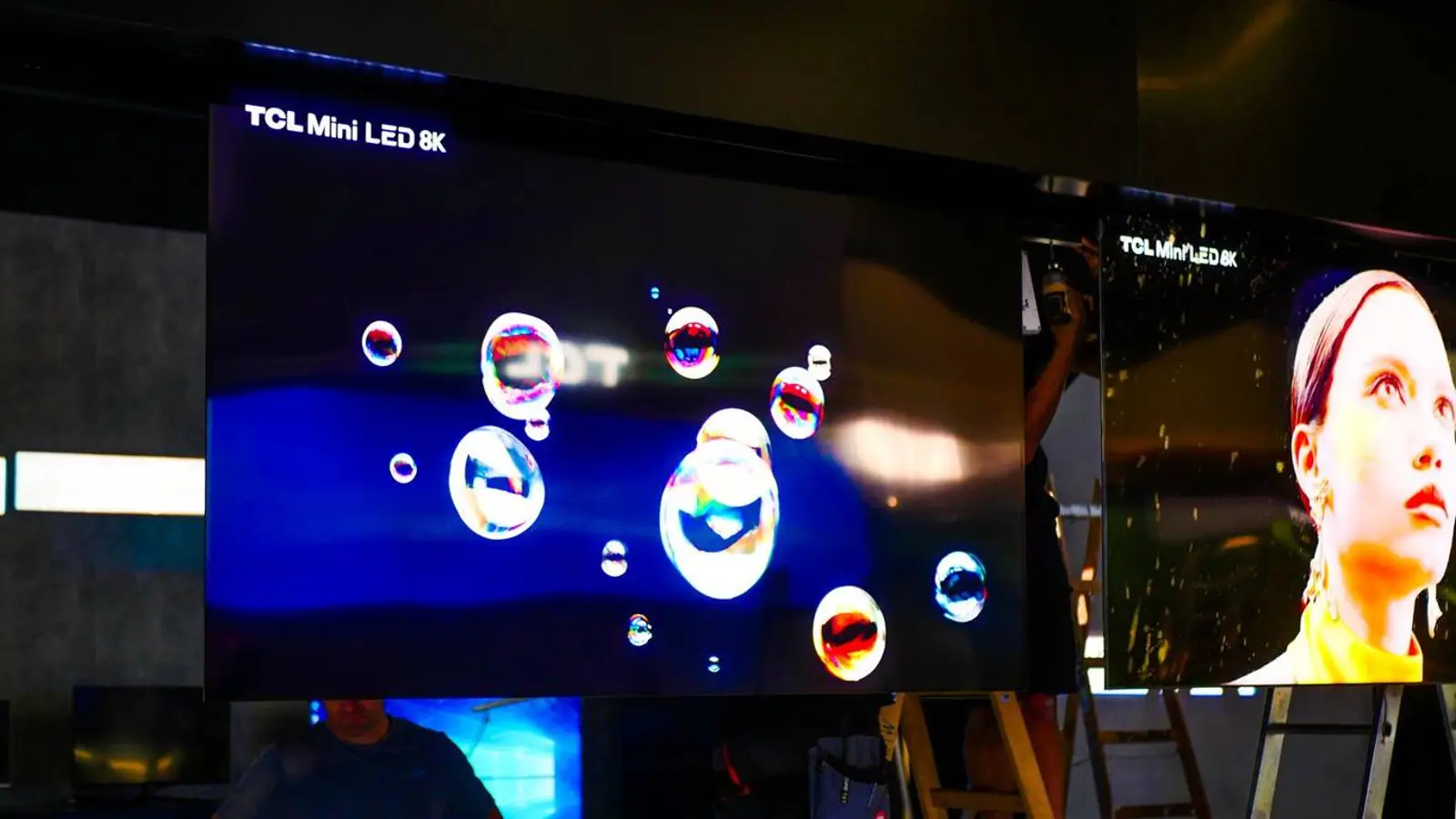Why you can't see the difference between 8K and 1440p from 3 meters away
Researchers show that on a 50-inch screen at 3 meters, most people can't tell 8K from 1440p. Explore pixels per degree, color limits, and a handy calculator.
Researchers show that on a 50-inch screen at 3 meters, most people can't tell 8K from 1440p. Explore pixels per degree, color limits, and a handy calculator.

© A. Krivonosov
A new study is challenging the logic behind the race for ultra-high screen resolutions. Researchers found that when viewing a 50-inch display from roughly three meters away, the human eye cannot tell 8K from 1440p. In everyday viewing, piling on more pixels doesn’t necessarily translate into sharper detail.
The team measured how many pixels the eye can resolve within a single degree of visual angle—known as perceptual resolution. The results stood out: the limit reached 94 pixels per degree for gray, but only 53 pixels per degree for yellow and purple.
Professor Rafal Mantiuk of Cambridge noted that cramming in additional pixels makes a display less efficient, raises costs, and requires more computing power to run.
To validate the findings, the researchers built a perception calculator that lets users enter screen parameters, viewing distance, and lighting to estimate visible differences in resolution. According to this tool, when watching a 50-inch screen from three meters, only 1% of people can distinguish 1440p from 8K. At 4K and above, the differences disappear entirely.
Conventional wisdom put the human limit at 60 pixels per degree, but the new study raises that bar and shows the visual system is more nuanced—especially depending on color and contrast. The takeaway leans less on spec-sheet bravado and more on how the eye actually processes color and detail.
The findings could ripple through future display design, rendering pipelines, and video encoding. It may be time for manufacturers to ask whether we’ve reached the point where extra pixels stop mattering.